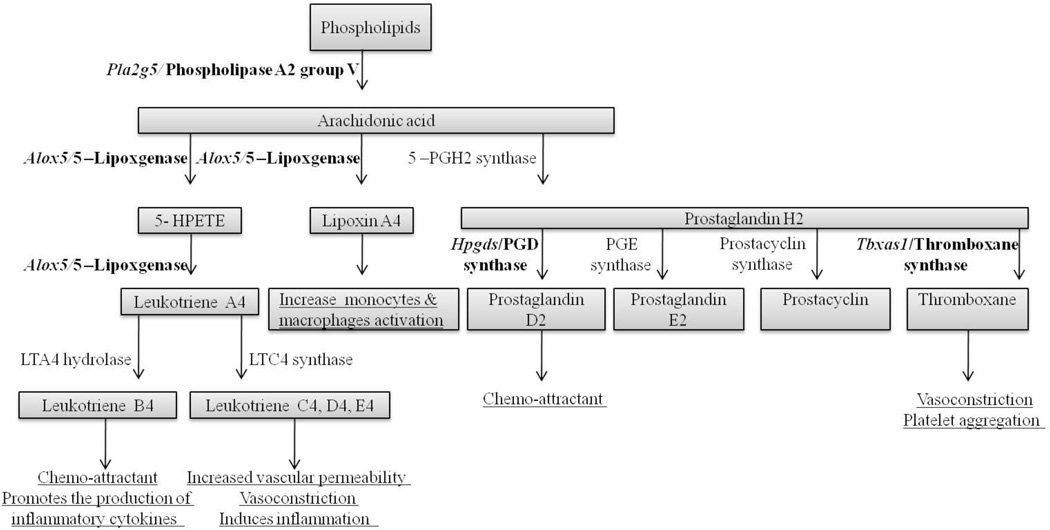Figure 8. Increased mRNAs are involved in leukotriene synthesis in Gjb1−/Y//Gjc2−/− mice.
This is a chart that shows the arachidonic acid metabolism, with the enzymes/proteins that would be predicted to increase in Gjb1−/Y//Gjc2−/− mice as a result of the increase in their mRNAs (bold). Pla2g5, encodes for phospholipase A2, group V, which catalyzes the release of arachidonic acid from cell membrane phospholipids. Arachidonic acid is then metabolized to form prostaglandins, prostacyclin, and thromboxane synthase. Alox5 encodes arachidonate 5-lipoxgenase (also known as 5-lipoxgenase), which catalyzes the metabolism of arachidonic acid to form leukotrienes and also activates lipoxin 4 to increase monocytes and macrophages activation. Tbxas1, which encodes thromboxan A synthase 1, was increased 3.3-fold; this catalyzes the formation of thromboxane A. Hpdgs encodes prostaglandin D synthase, which catalyzes the formation of prostaglandin D2. The predicted effects of these increased leukotrienes are underlined -production of proinflammatory molecules, change in vascular tone and chemo-attraction.

